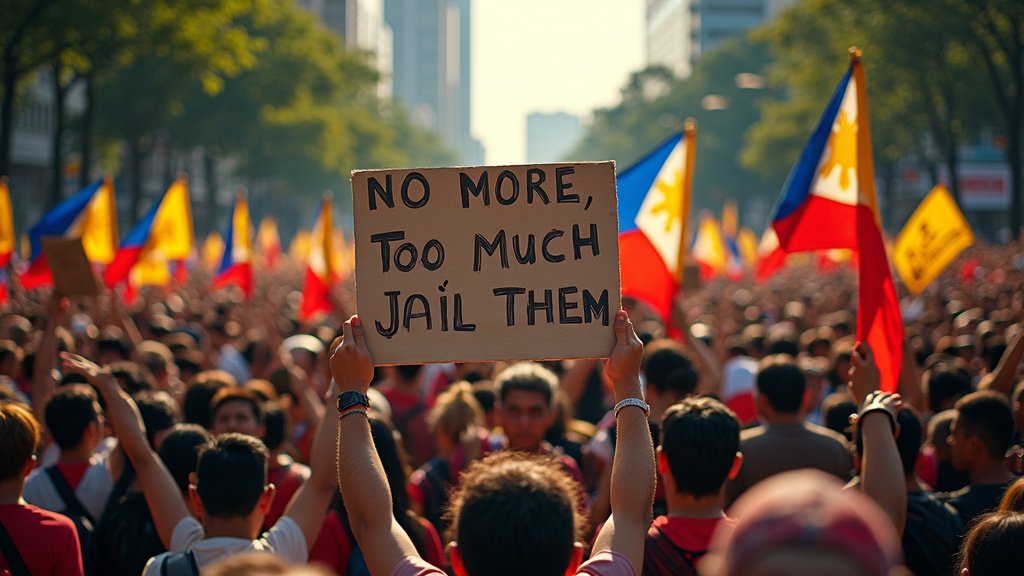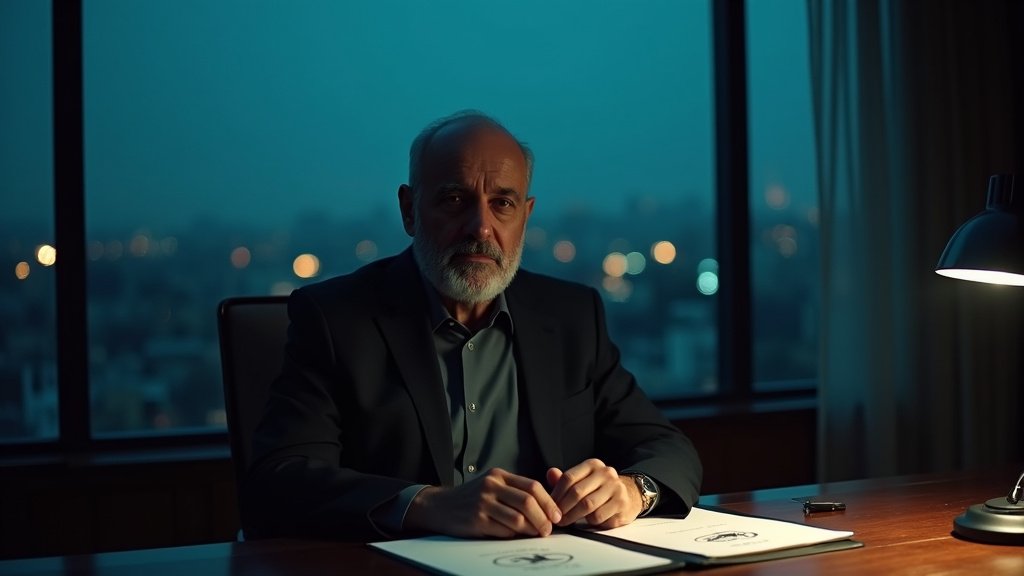Tens of Thousands Flood Manila Streets in Massive Anti-Corruption Protest Over Flood Control Scandal
A massive corruption scandal involving billions of dollars in public funds for flood-control projects has ignited widespread protests across the Philippines, with tens of thousands taking to the streets in Manila and other cities on September 21, 2025. The demonstrations, dubbed the “Trillion Peso March” and “Baha sa Luneta” (Flood in Luneta), highlighted deep-seated public anger over alleged graft that has led to substandard or nonexistent infrastructure projects, leaving vulnerable communities exposed to devastating floods.
The scale of the outcry reflects long-standing frustrations with corruption in the Philippines. This is an exclusive look at the happenings and the growing public demand for accountability. This trending movement has captured national attention, demanding lasting reforms and the eradication of corruption at all government levels.
The Core of the Scandal: Billions Lost in Flood Control Projects
At the heart of the controversy are thousands of flood-control projects, collectively worth over 545 billion pesos (approximately £7.1 billion or $9.5 billion), which are alleged to be substandard, incomplete, or entirely fictitious. Investigations revealed that a significant portion of the allocated funds may have been siphoned off through kickbacks and ghost projects. The Department of Finance has estimated that the Philippine economy lost up to 118.5 billion pesos (US$2 billion) from 2023 to 2025 due to corruption in these projects, though Greenpeace suggests the figure could be as high as $18 billion.
The scandal first gained prominence when President Ferdinand Marcos Jr. highlighted the issue in his July 2025 State of the Nation address, following weeks of deadly flooding that inundated many parts of the country. His administration has since launched an independent commission, headed by a former Supreme Court justice, to investigate the anomalies. The President has acknowledged the scale of the problem, calling it “horrible” and promising that “no one will be spared” from the investigation.
Key Players and Allegations
Public outrage intensified significantly after contractors Sarah and Pacifico Discaya, owners of several construction firms, testified in televised hearings. They claimed to have been pressured by politicians and public works officials to pay hefty kickbacks, reportedly ranging from 10 to 25 percent of contract values, to secure flood-control projects. The Discayas implicated at least 17 members of the House of Representatives and several public works officials, naming House Speaker Martin Romualdez and ally Zaldy Co as alleged beneficiaries.
These revelations, coupled with media reports showcasing the Discayas’ extensive collection of luxury vehicles, including a British car reportedly worth 42 million pesos (£547,000), further fueled public fury. A former government engineer also implicated two senators in the scandal. While all accused officials have denied wrongdoing, investigations have been launched across both the Senate and the House of Representatives.
The Protest: A Day of Outrage and Demand for Reform
On September 21, 2025, thousands of Filipinos converged in Manila and other major cities to demand accountability. Protesters gathered at Rizal Park and along the main EDSA highway, waving banners that read “No more, too much, jail them.” The date was symbolically chosen to mark the 53rd anniversary of the 1972 declaration of martial law by former President Ferdinand Marcos Sr., aiming to draw parallels between past abuses of power and current corruption.
Organizers stressed that the protests aimed to reform the system rather than calling for the president’s resignation, emphasizing dignity, accountability, and the need to address the consequences of corruption, such as vulnerability to floods and deepening poverty. Cardinal Pablo Virgilio David, head of the Catholic Bishops’ Conference of the Philippines, urged demonstrators to protest peacefully, stating, “Our purpose is not to destabilize, but to strengthen our democracy.”
While the majority of the demonstrations were peaceful, scattered clashes between a smaller group of masked individuals and police occurred near the presidential palace and on Ayala Bridge. These incidents involved rock-throwing, the setting ablaze of a trailer truck used as a barricade, and the deployment of water cannons by police. Authorities reported at least 17 arrests and multiple injuries among police officers. The Philippine National Police stated that those involved in violence were criminals hijacking the peaceful protests.
Implications and Future Outlook
The scandal has sent shockwaves through the nation’s political and financial landscape. Senate President Francis Escudero and House Speaker Martin Romualdez resigned amid the fallout. Several government engineers have been dismissed, with assets frozen pending further investigation. The central bank has also tightened rules on large cash withdrawals to combat money laundering.
President Marcos Jr. has suspended bidding for new flood-control schemes until the review is complete and has pledged that the investigation will spare “no sacred cows.” The protests underscore a growing public intolerance for corruption and a demand for tangible reforms to protect the nation’s resources and its vulnerable citizens, especially in a country highly susceptible to climate change impacts. The long-term effects of this scandal and the government’s response will significantly shape President Marcos Jr.’s legacy.





